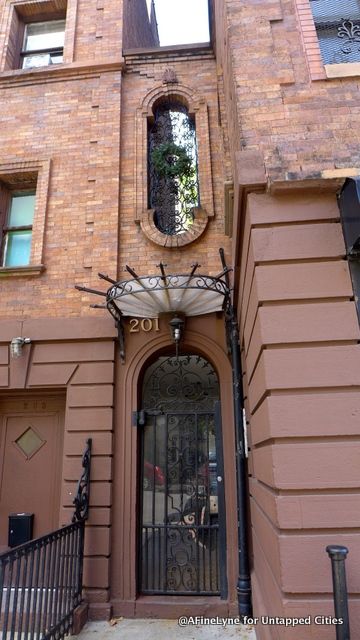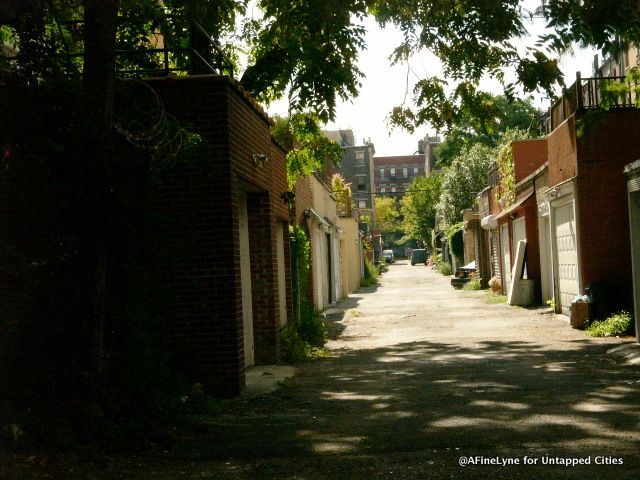Vintage 1970s Photos Show Lost Sites of NYC's Lower East Side
A quest to find his grandmother's birthplace led Richard Marc Sakols on a mission to capture his changing neighborhood on film.


Strivers’ Row got its name from the notable Harlemites who called these stately buildings home. Names like Vertner Tandy, W. C. Handy, Fletcher Henderson, Bill ‘Bojangles’ Robinson, Eubie Blake, Adam Clayton Powell Jr. and a host of successful African-American doctors, lawyers and other professionals. They were considered to be the up-and-coming in the African-American community–the Strivers.
On Sunday, October 5th, you’ll have a chance to see the inside and outside of the homes on Strivers Row during their second annual House Tour, “Strivers’ Row and Beyond”. There are several ways to do the tour from self-guided to a walking tour with Harlem author and historian, Michael Henry Adams.

But Strivers’ Row wasn’t originally built for them. Conceived during a time when whites were moving north for more space and a quieter environment, developer David H. King Jr. purchased the land in the late 19th century with the dream of creating a community of elegant attached townhouses. He hired three prestigious architectural firms and each of the firms designed one row. The firms were McKim, Mead & White who built light brown Italianate palazzos on the north side of 139th Street, James Brown Lord who created the red brick Neo-Georgian homes along the south row of 138th Street, and Price and Luce who designed the beige brick and terra cotta homes. The finished product was exceptional but failed for many reasons including the depressed state of the economy and the ‘white only’ purchase rule.

The entire project ended up in the hands of Equitable Life Assurance Society, the company that financed the project initially. The townhomes sat empty for several years until Equitable changed their ‘whites only’ policy in 1919. The homes were sold for $8,000 each to African-Americans in the arts and other professions. But by the 1940s, the houses were falling into disrepair. Many had been turned into rooming houses and had lost much of their original detail. The recent flurry of real estate activity in Harlem has seen some of those houses change hands and get some much needed restoration

Today, a Strivers’ Row townhouse can fetch well over $2 million dollars. The surrounding area, which already had a vibrant art community with several galleries, is now accompanied by new upscale shops, galleries and restaurants geared toward a more affluent community.

On a visit to Strivers’ Row, if you notice the faint smell of icing in the air, your nose does not deceive you. You’ll find the original Make My Cake right on the corner of 139th Street and Adam Clayton Powell Jr. Blvd. Across the street on Seventh Avenue and 137th Street, you will see what use to be The Renaissance Theater and Casino, now a deteriorating shell.
For an even more in-depth history of Strivers’ Row, check out our accompanying article in the History of Streets column.
Get in touch with the author @AFineLyne. Additional reporting by Kelli Trapnell.
Subscribe to our newsletter